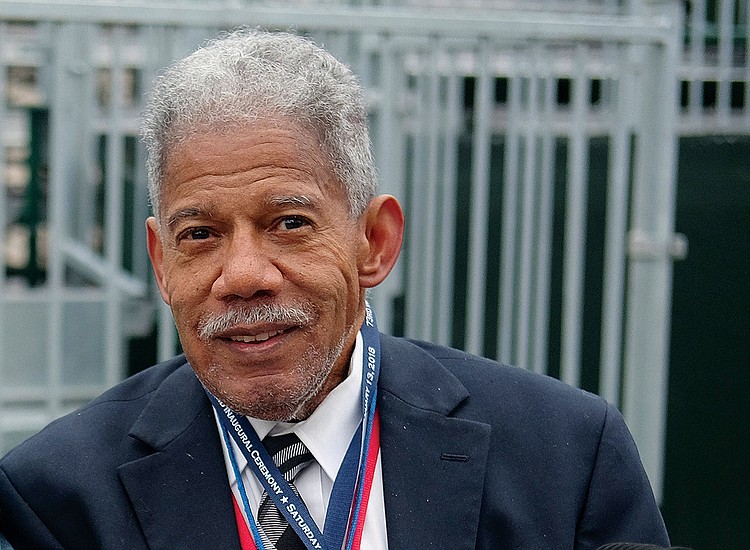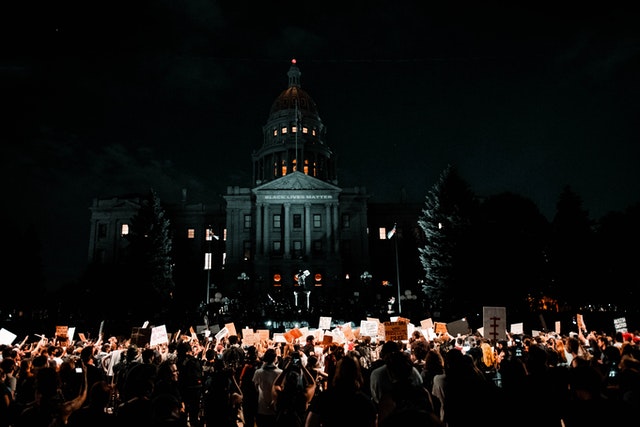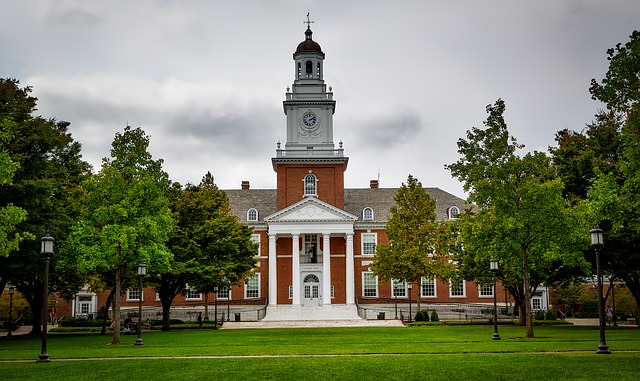
Graphic Justice, Humor, and the Democratization of Legal Discourse
Read Full Article (PDF)
Graphic Justice, Humor, and the Democratization of Legal Discourse
The global popularity of comics has propelled scholarship about “graphic justice,” a term Thomas Giddens coined to refer to the intersection of comics and law. While much graphic justice scholarship seeks to dignify comics by analyzing their “serious” engagement with law, this Article evaluates how recent scholarship in comics form has deployed humor for critical purposes. Through subverting genre conventions, such scholarship has democratized discourse in fields including constitutional law, criminal law, and intellectual property law. The graphic justice texts discussed used humor as a vital tool to advocate for reforms to laws, legal eduction and scholarship, and the profession. Law faculty in a variety of courses can foster an inclusive learning environment and spark students’ critical thinking about the discipline by incorporating humorous graphic texts into their classes. Moreover, in representing law through an ascendant popular culture form, graphic justice texts forge a “common law” that may restore public confidence in the legal system during a precarious time for the rule of law world-wide.
Almas Khan *
*Assistant Professor of Law, University of Arkansas at Little Rock, William H. Bowen School of Law.









